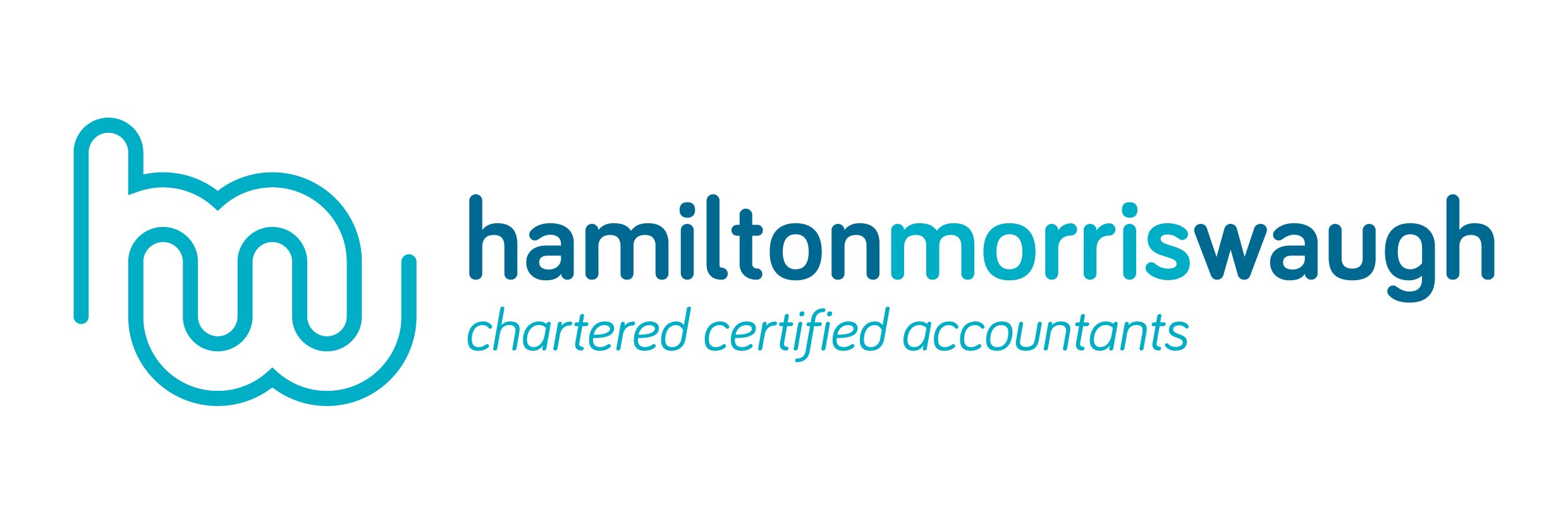The engineering industry is dynamic and fast-paced, so your expenses can quickly rack up and impact your bottom line. Reduced overhead costs are therefore essential to build the business you want.
We want to help, so in this guide, we cover how to effectively clamp down on your overhead costs and unlock cost savings.
Reduced overhead costs in engineering
Understand your overhead costs
Before you can look into any cost-cutting strategies, you need a clear understanding of your overhead costs. Otherwise, you may end up cutting so much or the wrong expenditure that you seriously harm your business’s ability to create profit.
Data collection: where to begin
Start by gathering data on all your non-project-specific expenses, otherwise known as your overhead costs.
Sources for this data could include accounting records, financial statements, and supplier invoices. The aim is to list each overhead expense for a given period, whether monthly, quarterly, or annually.
Categorisation: the next step
After collecting all the relevant data, the next task is to categorise these expenses. For instance, you might have categories like ‘utilities’, ‘office supplies’, ‘software subscriptions’, and ‘HR and administrative costs’.
Proper categorisation will clarify your expenditure and provide valuable insights for any cost-reduction strategies you might consider later.
Analysing the data: digging deeper
Then, delve deeper into the data. Are there seasonal peaks in certain types of expenses? Are you paying for services or subscriptions that you rarely use? Could regular equipment maintenance be conducted more efficiently? You may be able to very quickly spot some unnecessary sources of expenditure.
Pay particular attention to indirect costs, which include the depreciation of equipment or the cost of employee benefits. While these might not appear as a monthly outlay, they do affect your bottom line over time.
Benchmarking: how do you compare?
If possible, compare your overhead costs to industry standards or to competitors’ figures. This will help you determine whether your overheads are excessive or standard for your sector.
This is often a revealing exercise and may provide insights into what industry leaders are doing more efficiently.
Identifying opportunities for savings
Your analysis will likely uncover potential savings. Some could be quick wins, such as cancelling unused subscriptions or renegotiating supplier contracts. Others may involve more strategic changes, like investing in energy-efficient machinery to lower utility bills in the long run.
Managing overhead costs in engineering
Once you’ve gathered data on your costs, you’re in a position to work out a cost-cutting strategy. Here are some common actions a lot of businesses take:
- Focus on energy costs: Switching to energy-efficient lighting, regular maintenance of HVAC systems, and proper insulation can lead to noticeable savings.
- Better inventory management: Overstocking parts and materials can unnecessarily tie up funds.
- Automate processes: Tools like automated billing, inventory management, and customer relationship management (CRM) can significantly reduce the time and effort spent on administrative tasks, translating to cost savings.
- Lease instead of buy: Leasing equipment that you don’t need permanently can be a great financial choice if you’re trying to save on costs.
- Outsourcing: Tasks like human resources, accounting, and IT support can be outsourced to specialised firms, which will save you from having to pay high wages for in-house experts.
Summary
Managing overhead costs effectively is an ongoing process that requires regular attention and fine-tuning.
By streamlining your expenses, identifying waste, and optimising resource allocation, your engineering firm can stay competitive and boost its profitability.
This might seem like a lengthy process, but it’s worth it – and you might be surprised by what you find!
Talk to us to learn more about reduced overhead costs in engineering businesses.


